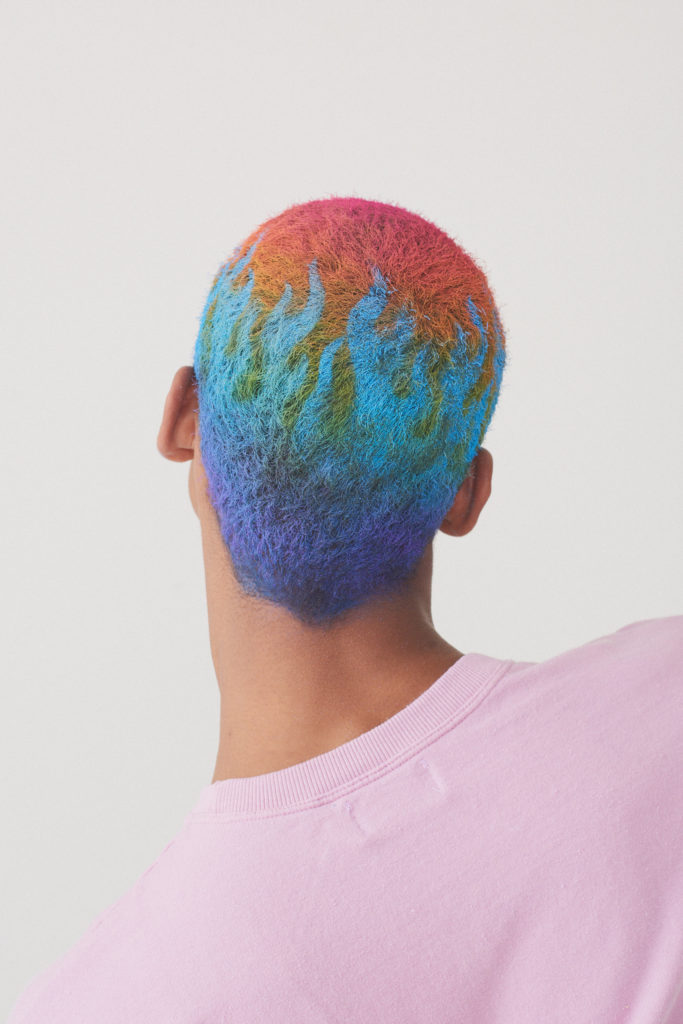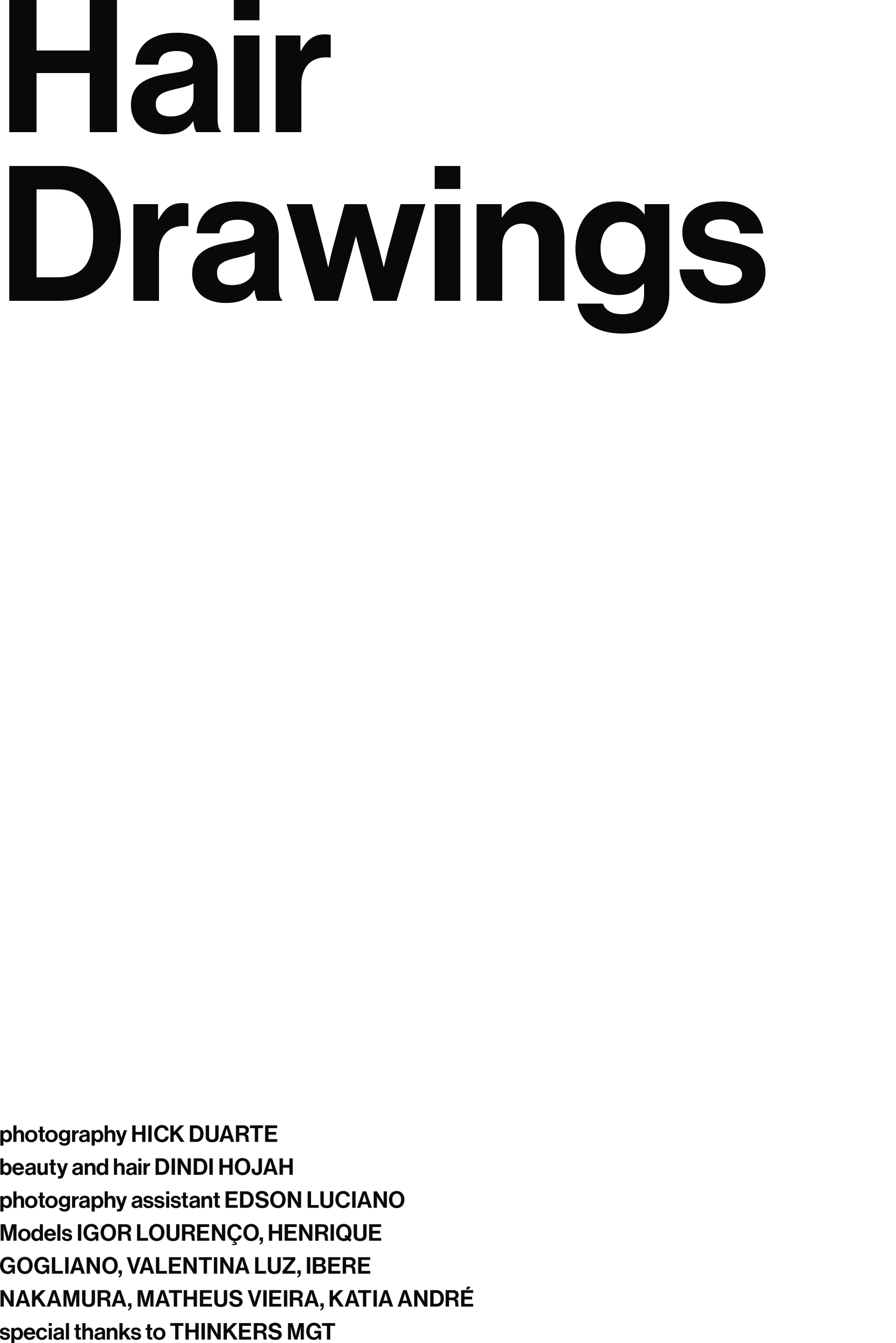
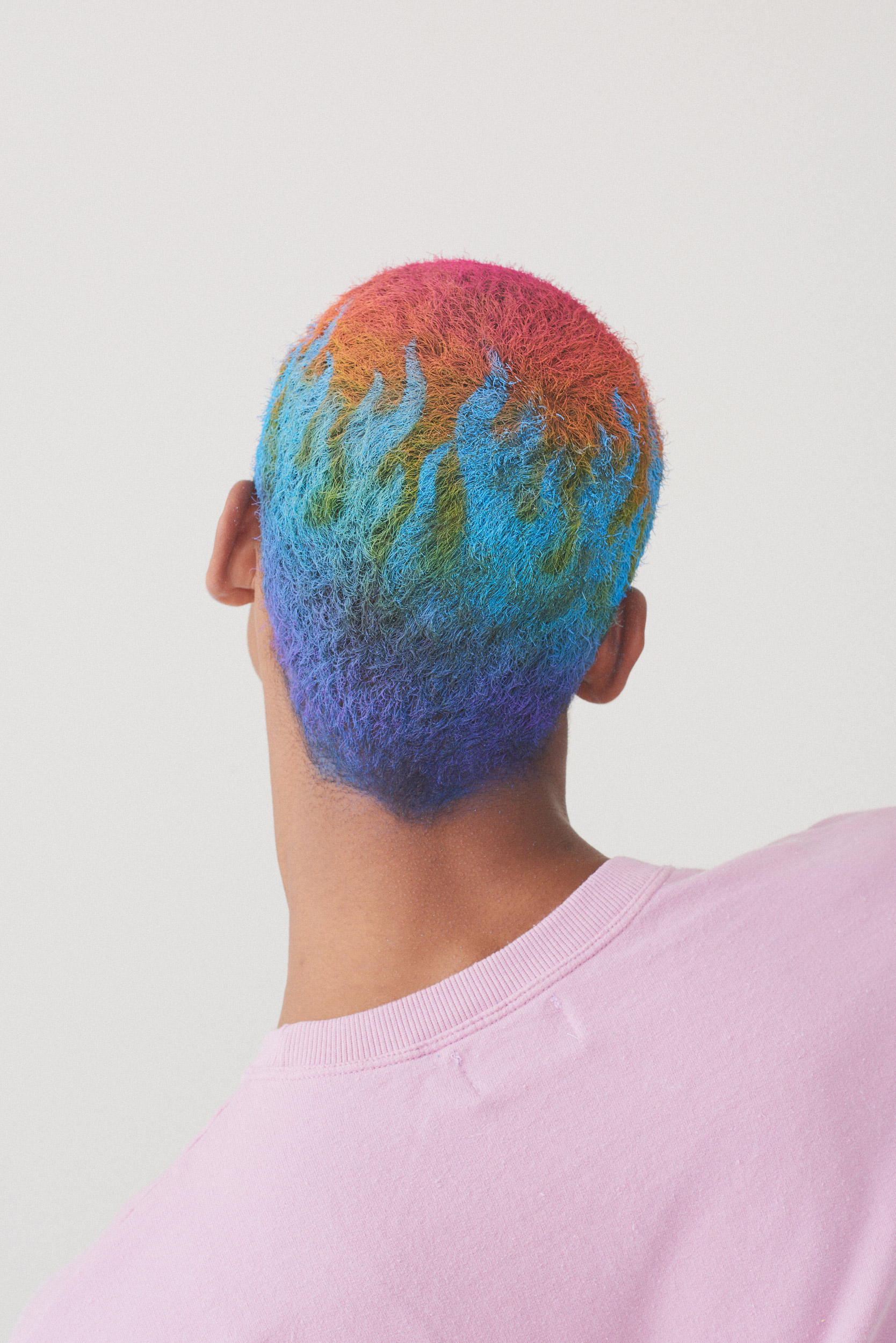
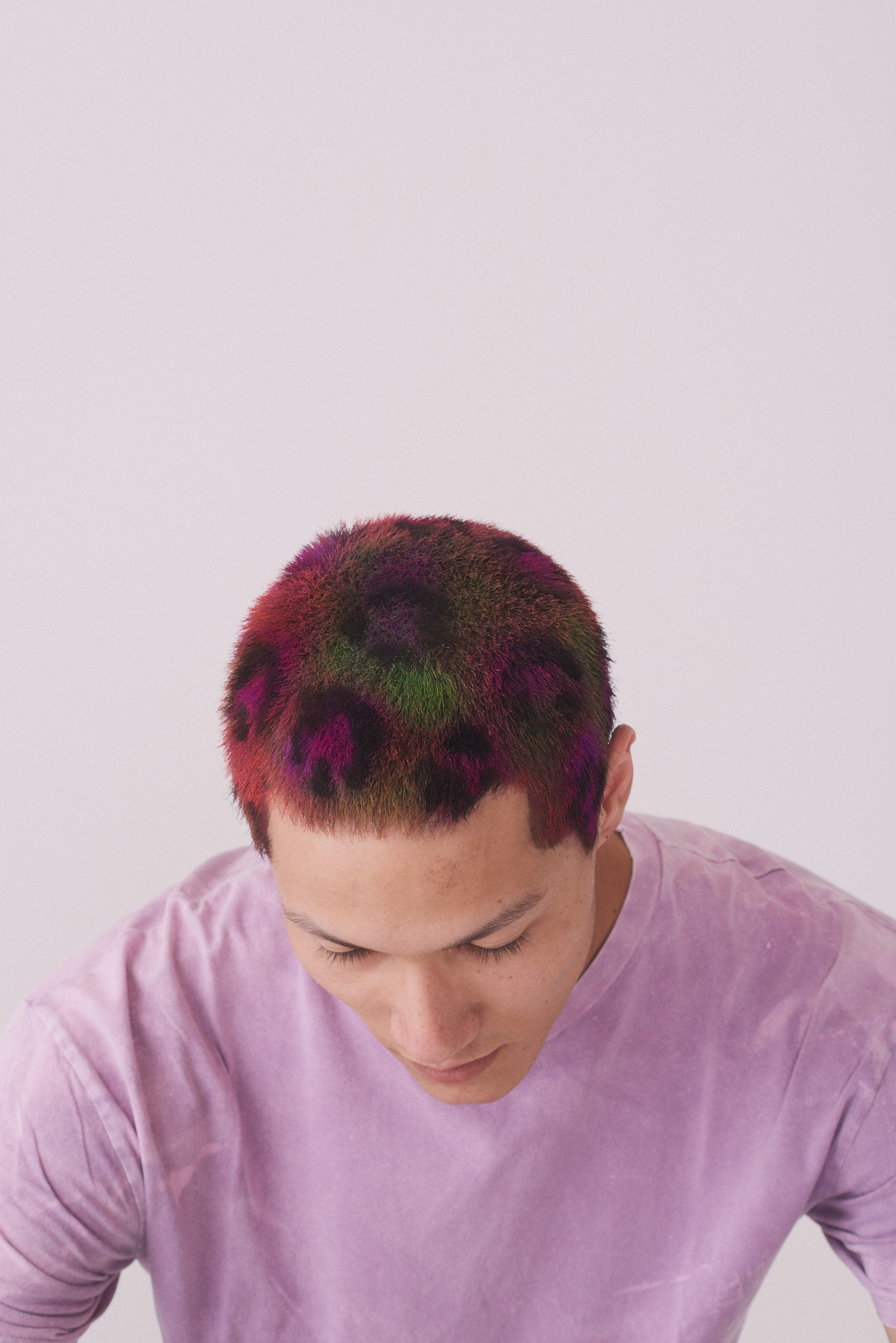


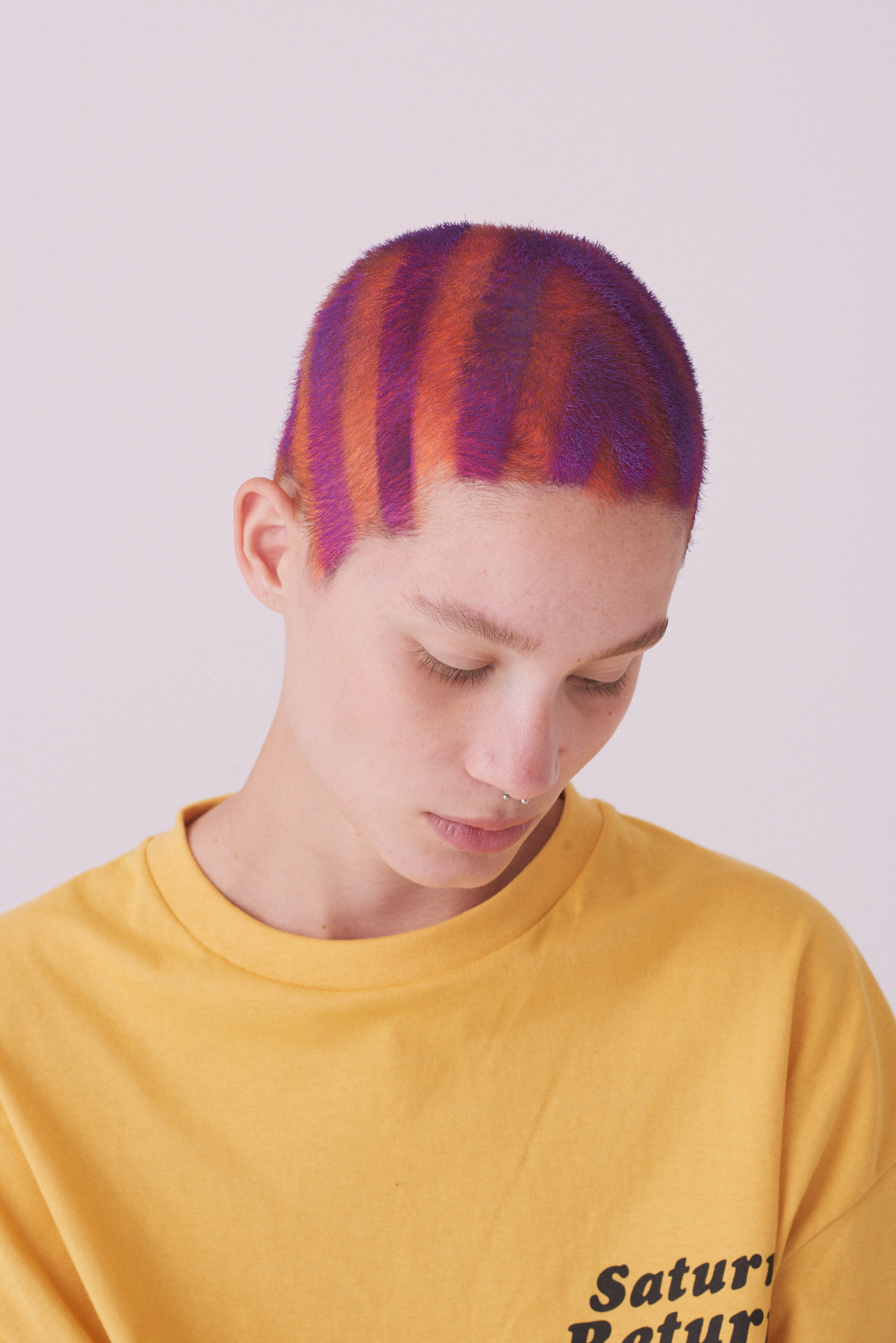

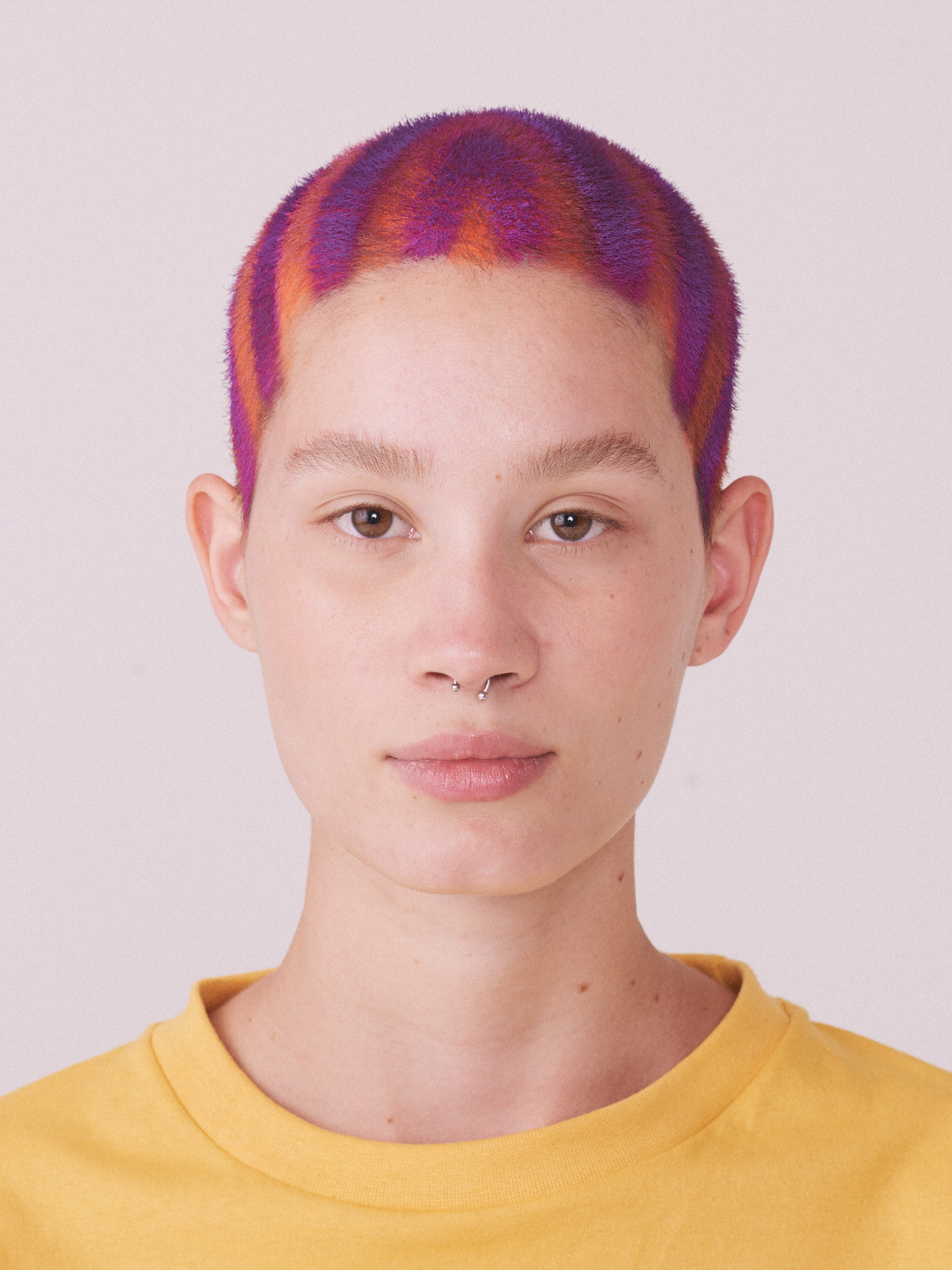
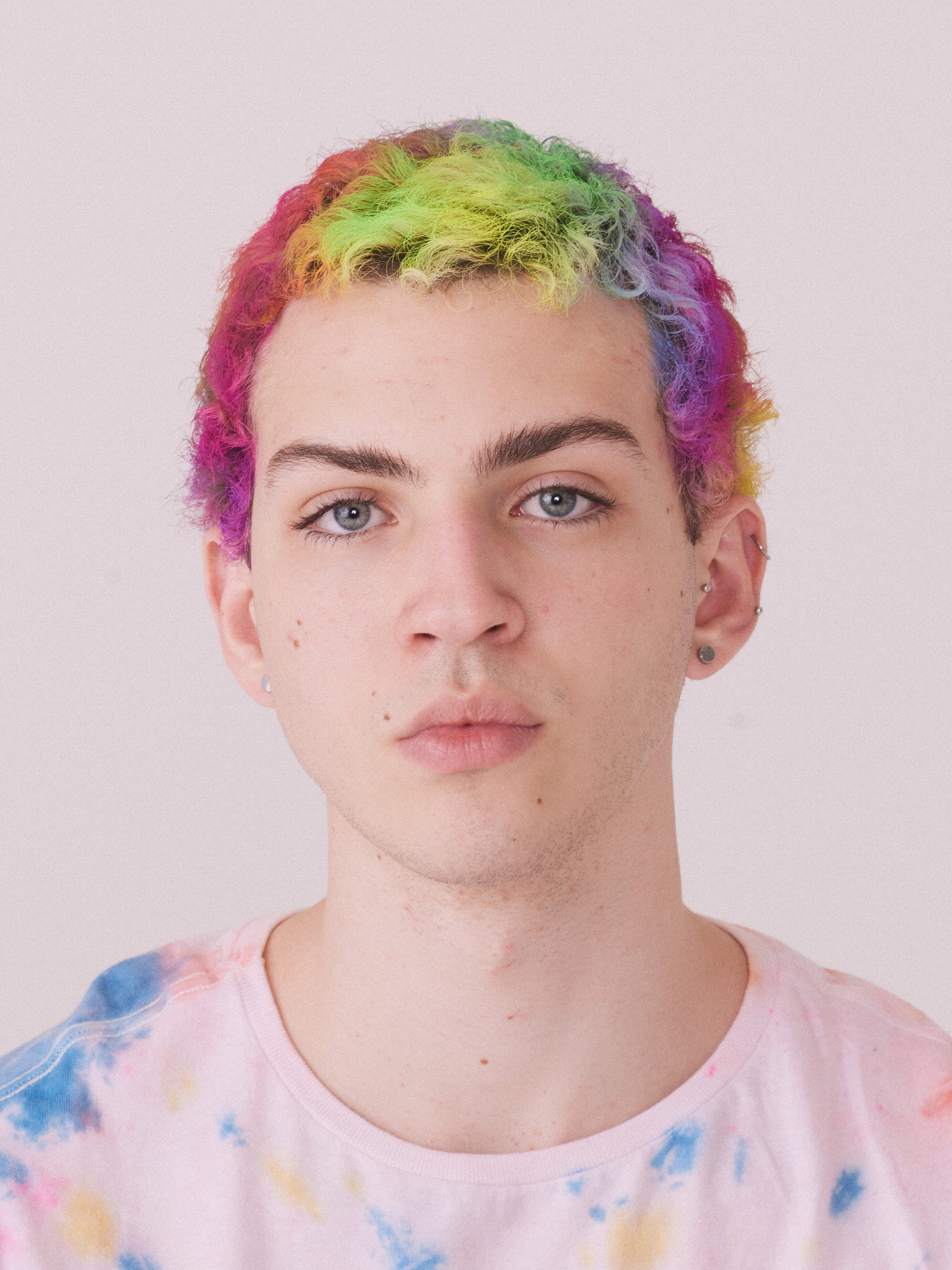
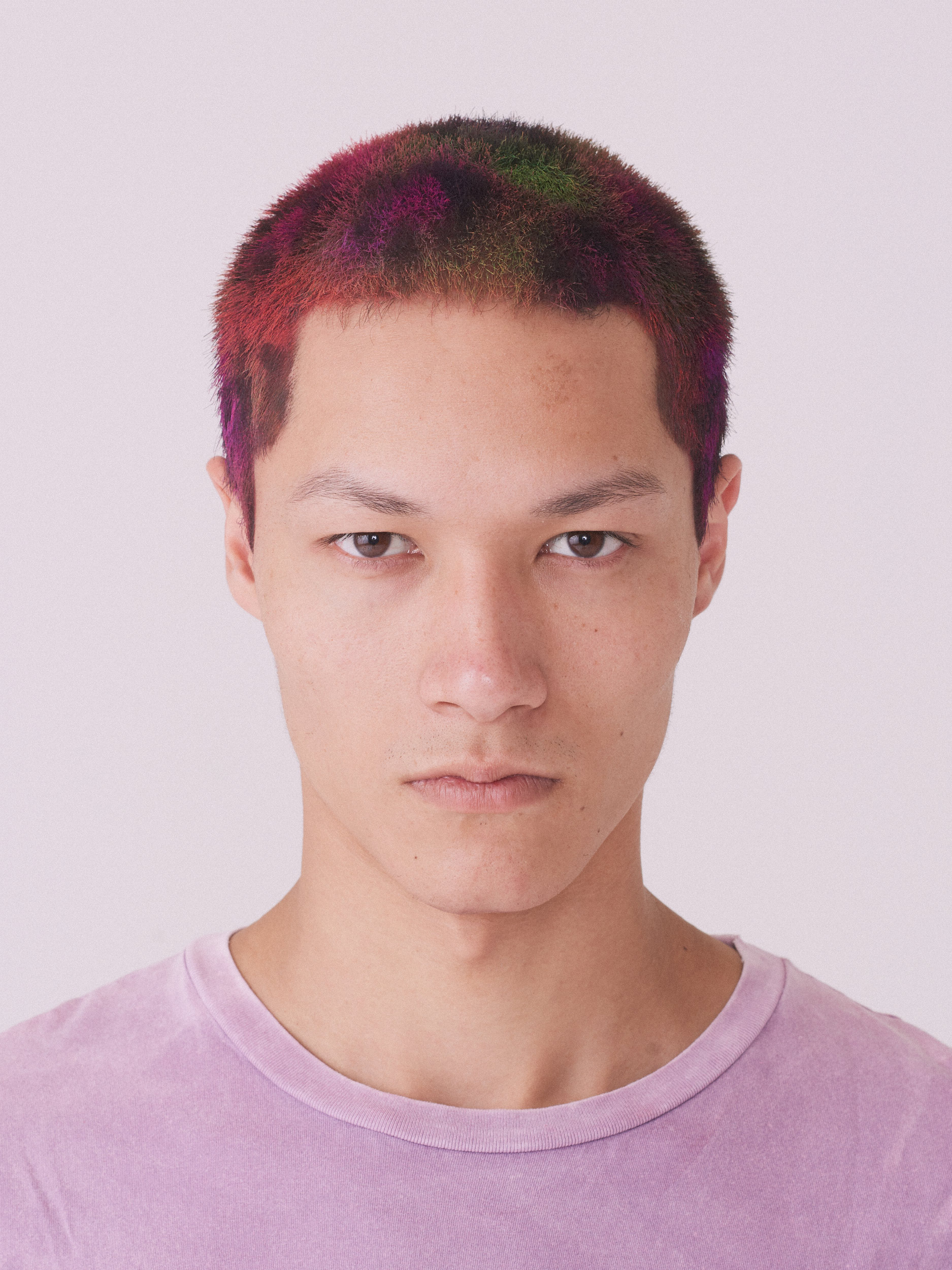



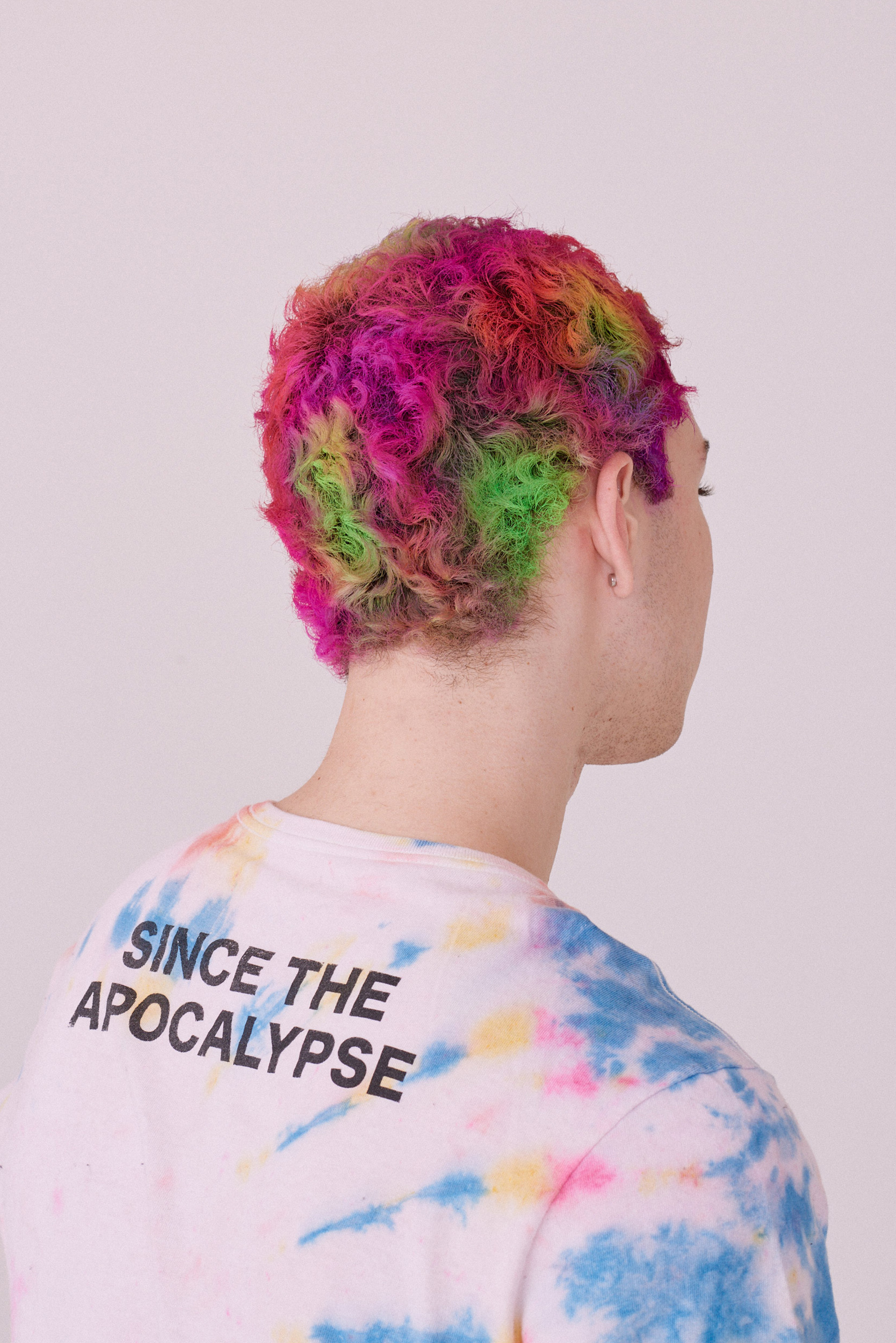

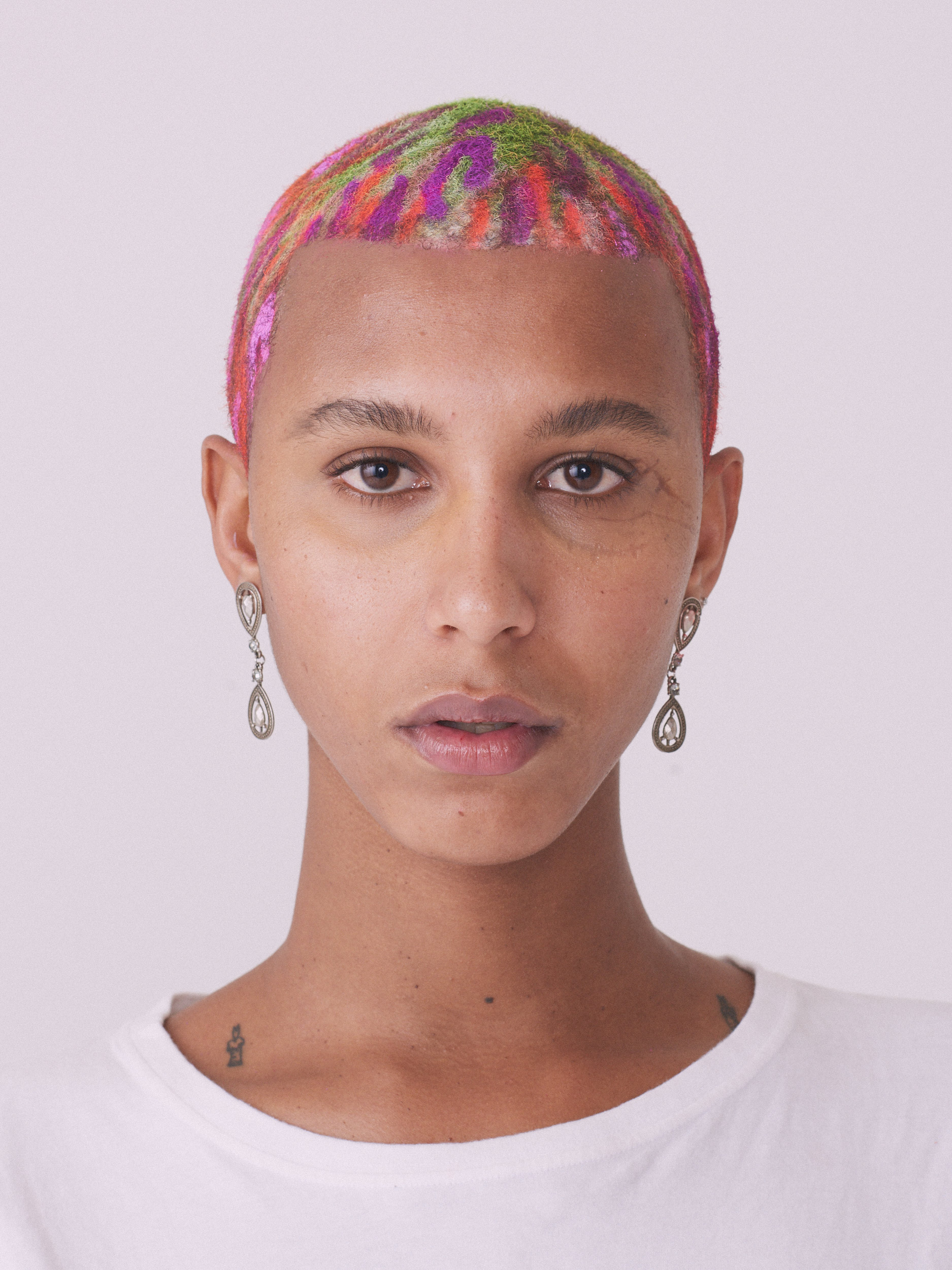
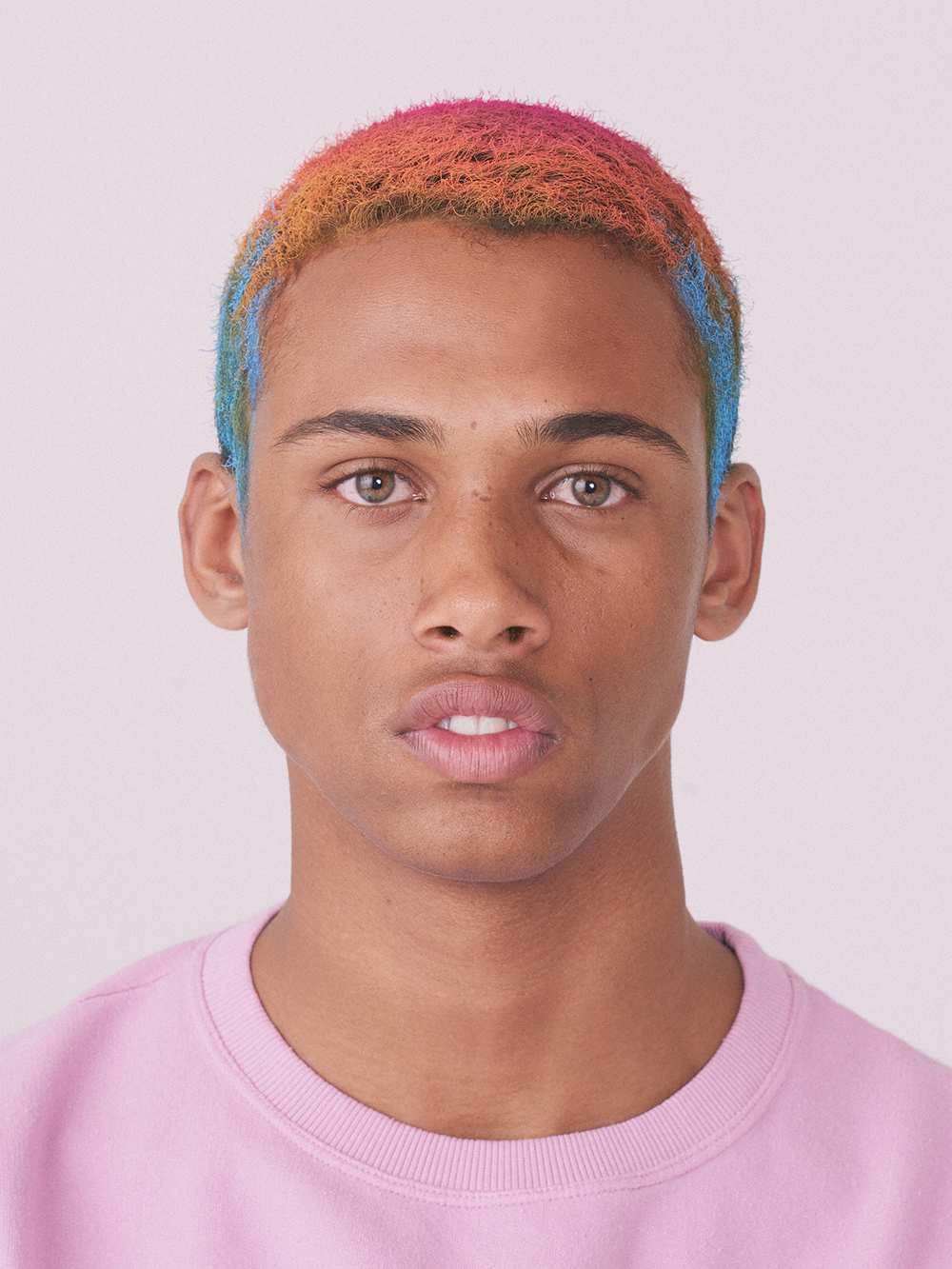
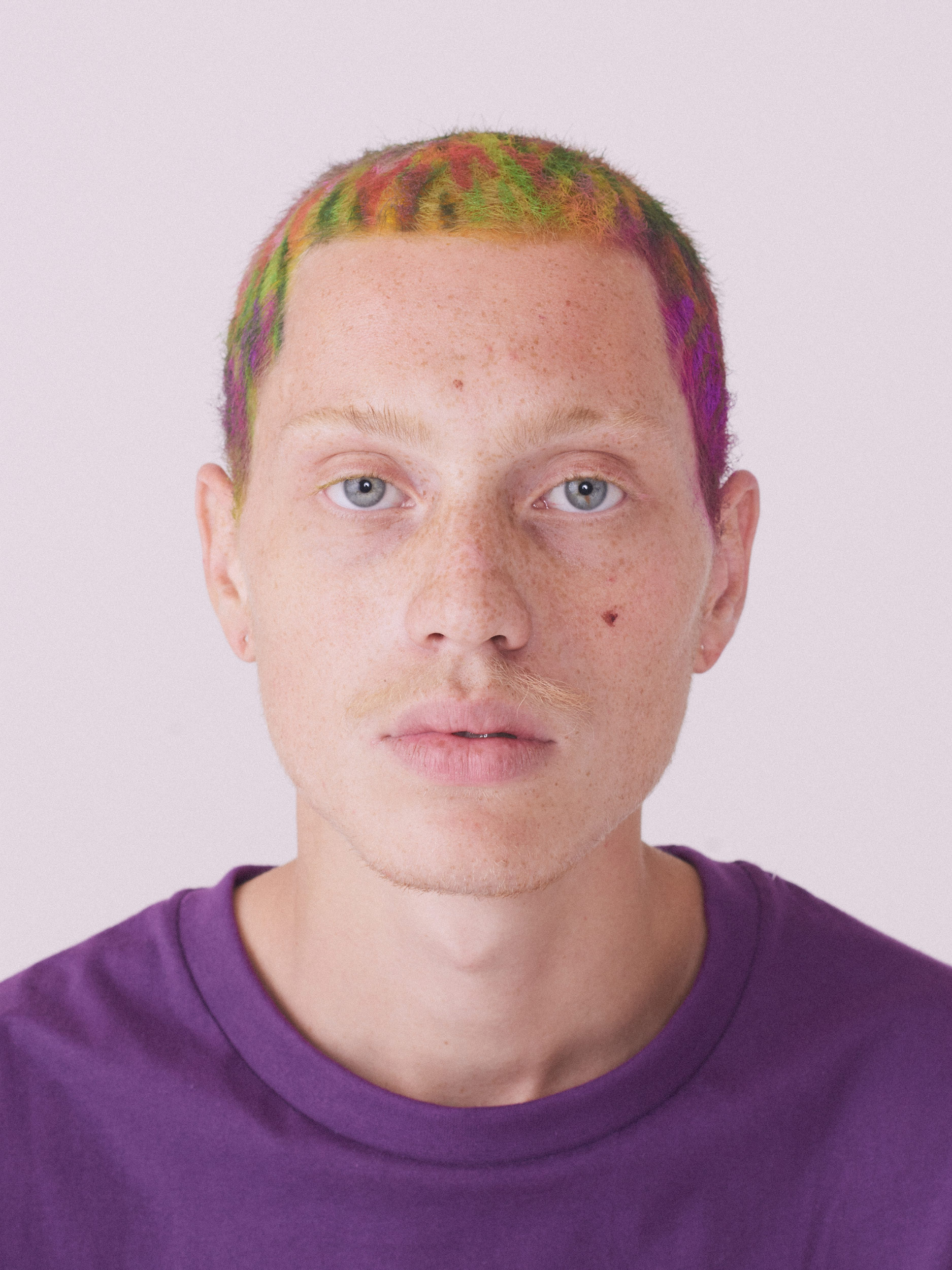
The House
That Chloë
Built
There is a mythology that surrounds Chloë Sevigny: a young girl from Darien, Connecticut, population about 20,000, moves to New York City while it is still the centre of the universe, and with the fearlessness of an outsider and the precociousness of youth, the city becomes her. There’s her brilliant career, her fabled style, and her well-documented lovers. Chloë, the ultimate cool girl, who found herself in all the right movies, at all the right parties, with all the right boyfriends. The empire is in decline now. There can’t be another Chloë. There isn’t a Tunnel to learn from the club kids. The skaters have long since left Washington Square Park, where you’d have found her at 19—and besides, even the skaters have been commodified. In the post-Giuliani New York, matcha lattes are all over Manhattan. People are more hungry than they are curious, and this is an important distinction.
This popular interpretation obscures the work that goes into the career Sevigny created. To imagine it was handed to her is cute, in the same way that it is cute to imagine that talent is simply something that you are born with. Those innocent first steps toward expression may be inherent, but they demand suffering and a radical kind of self-acceptance. Kitty, Chloë’s first foray into directing, explores this notion through a young suburban girl who is truly unlike her parents and surroundings. Based on the short story of same name by Paul Bowles, there is solitude and sadness to Kitty’s metamorphosis, but she sees it through regardless. The pursuit of freedom and individuality is sacred, and talent demands more than simply desire and vision—it is something you make daily sacrifices for, as Chloë shows us in the short she recently directed for Miu Miu, Carmen. Carmen shows us the repetition in a creative life, the loneliness that sits beside the ambition. Carmen Lynch, the film’s namesake, is a comedian that trades in that brave and brutal kind of humor whose lasting notes are all empathy. Many artists claim not to work very hard. It’s part of the illusion of genius; you’re born with it, you don’t cultivate it. Chloë’s portrait is a study of that which makes the performer, the love and the labor, and an ode to both.
From Last Days of Disco and Boys Don’t Cry, Chloë was never merely an actor for hire. The bodies she chose to inhabit are an indication of that which compels her. In an early appearance on Letterman, she talks about watching My Own Private Idaho after an art teacher she admired told her she was too young for it. Au contraire—she watched it repeatedly. I tell her that this is my generation’s relationship to her work. Gummo wasn’t a film we could find at the local Blockbuster. It was shared between friends; it became a reference point. “I felt like I really wanted to take a direction, and have a point of view with the work that I did, to make it bigger than just being an actress,” she tells me. During our conversation, she displays a warmth and generosity rare for an artist of her stature. No crack-ups. The same laugh. Still making movies about the outsiders and the outliers. She could have had it easier, made more money. But that which you choose to chase will define you.
Sanja Grozdanic: The first films that you were in were such defining films for my generation, and you a defining figure. In a male dominated culture—at such a young age—you seemed to have so much agency. Can you tell me how you made your early film choices?
Chloë Sevigny: Well, mostly they were films that were offered to me, and now there’s a lot of films that I passed on that I regret. I remember reading a Herzog quote saying it’s not about one film, it’s about the house that you’re building with all the films that you’re in. It’s this career that’s going to mean something, as a whole. I felt like I really wanted to take a direction, and have a point of view with the work that I did, to make it bigger than just being an actress. It was easy in that day, because in the 90s there were so many people doing edgy, expressive work. FromGummo to American Psycho, there was just a lot of opportunities for that. Now I feel that people are less prone to do things that are risky, like that kind of work.
Gummo was one of those films that we re-watched, traded…
That was me with the Jim Jarmusch films when I was in high school. We would sit around and watch them, and old David Lynch tapes, over and over.
I read countless profiles of you and so many of them began by citing your style. Does the style icon trope get tiring? I often think of how your work ethic doesn’t get mentioned as much, despite how many films you’ve been in.
I think it’s probably because the circulation of some of those magazines is so much greater than any of the movies that I’ve ever been in. I feel like I’ve never been in any mainstream movies. I feel like maybe people know me more because of my style than have seen my work, even though I feel like I’ve done countless films, and good films. You know, it all gets tiring, from the cool thing to the work thing to the Connecticut thing to the style thing… doing press in general. Especially when you’re doing a slew of it, which is generally when you’re promoting something you find important and you want people to write about so people can discover it. I especially feel that with Carmenand Kitty and my work now as a director. I mean, I do think if I was a man, obviously, it wouldn’t be the style thing. I would be more like “a character actor” and I don’t think anyone has ever really referred to me as that. I feel like I play very varied parts, very often, and I’m more of that. Nobody has ever said that, and I’m curious why. Even recently from American Horror Story to what I was doing onBloodline couldn’t be any more different.
